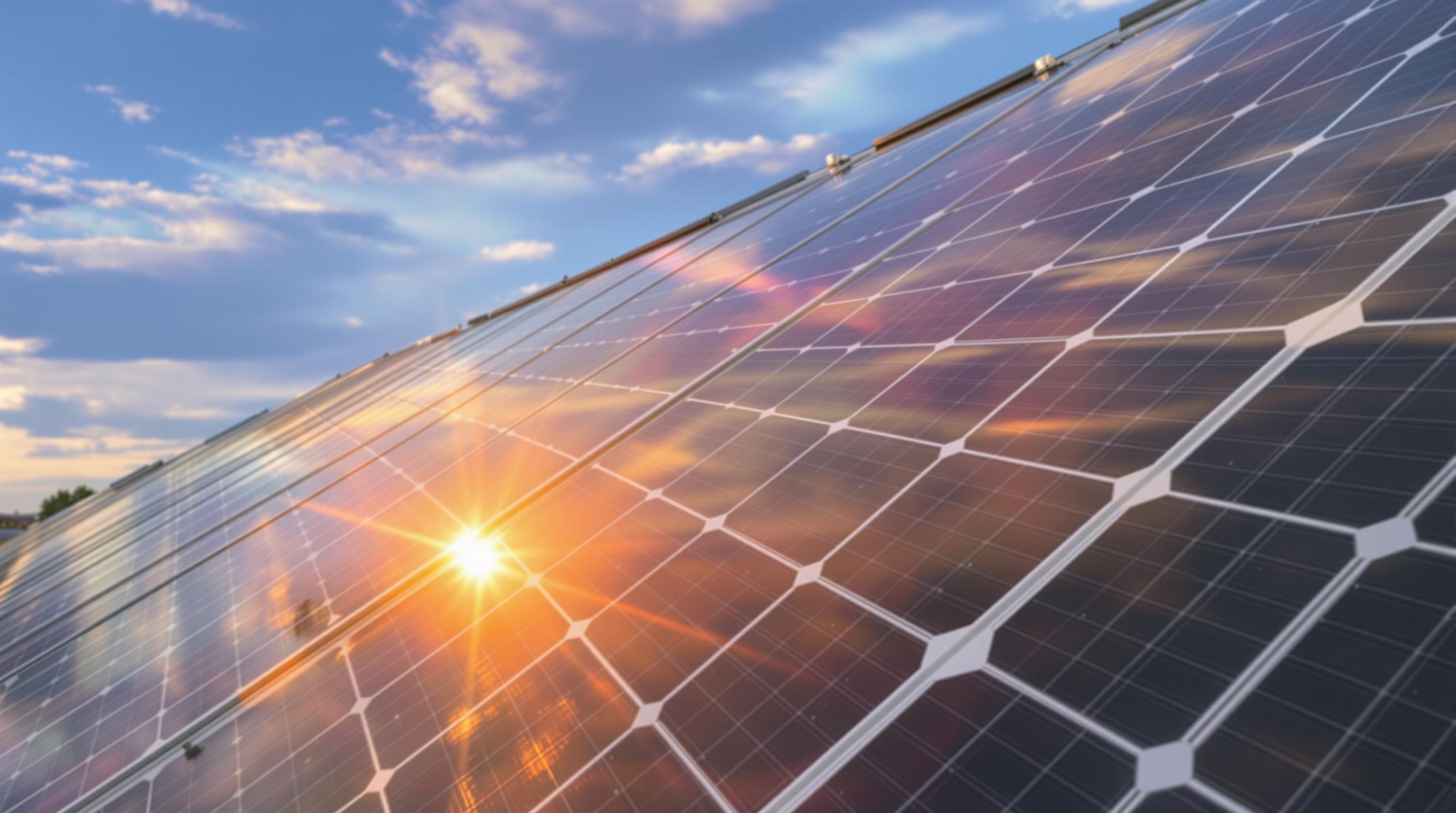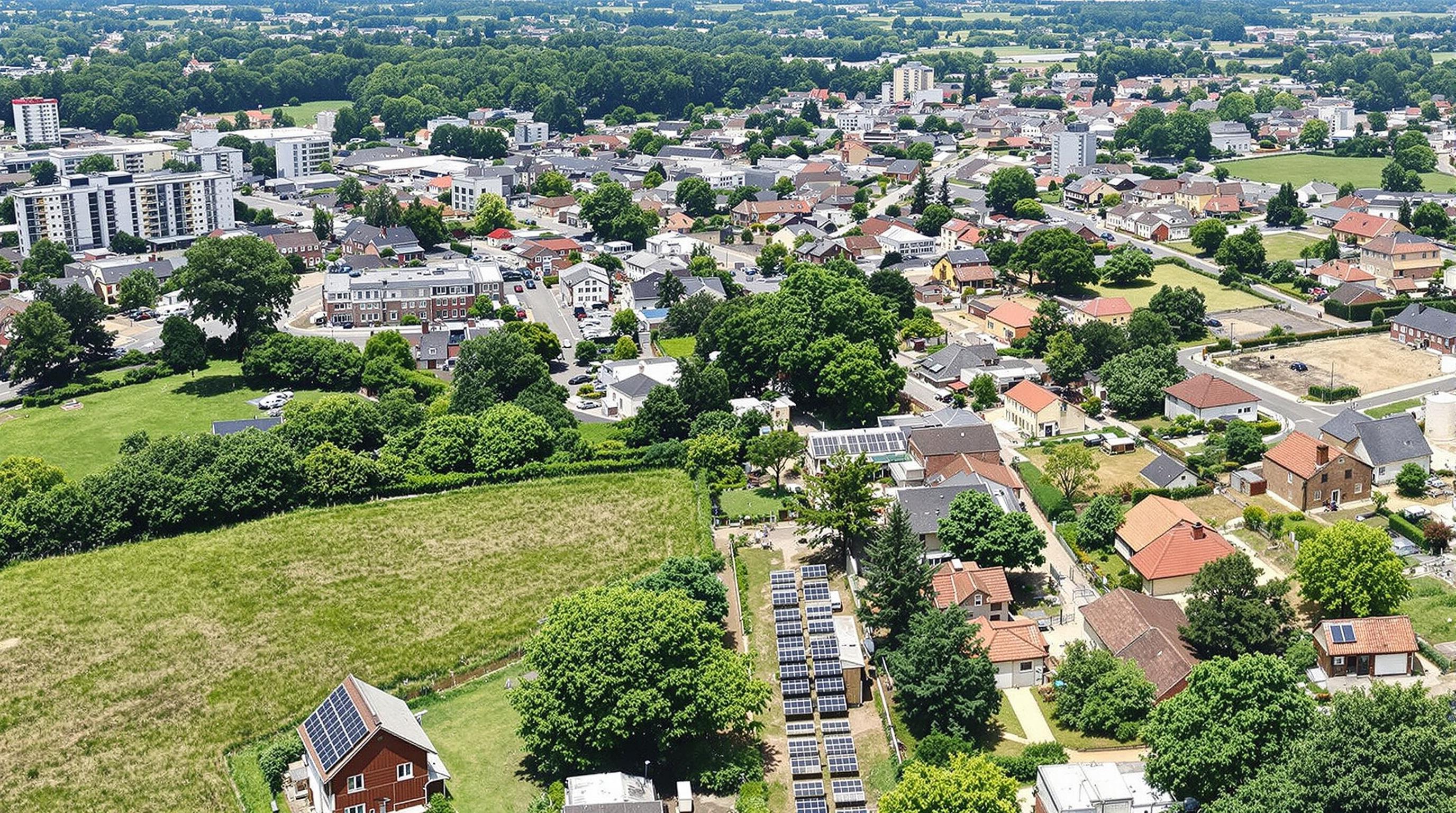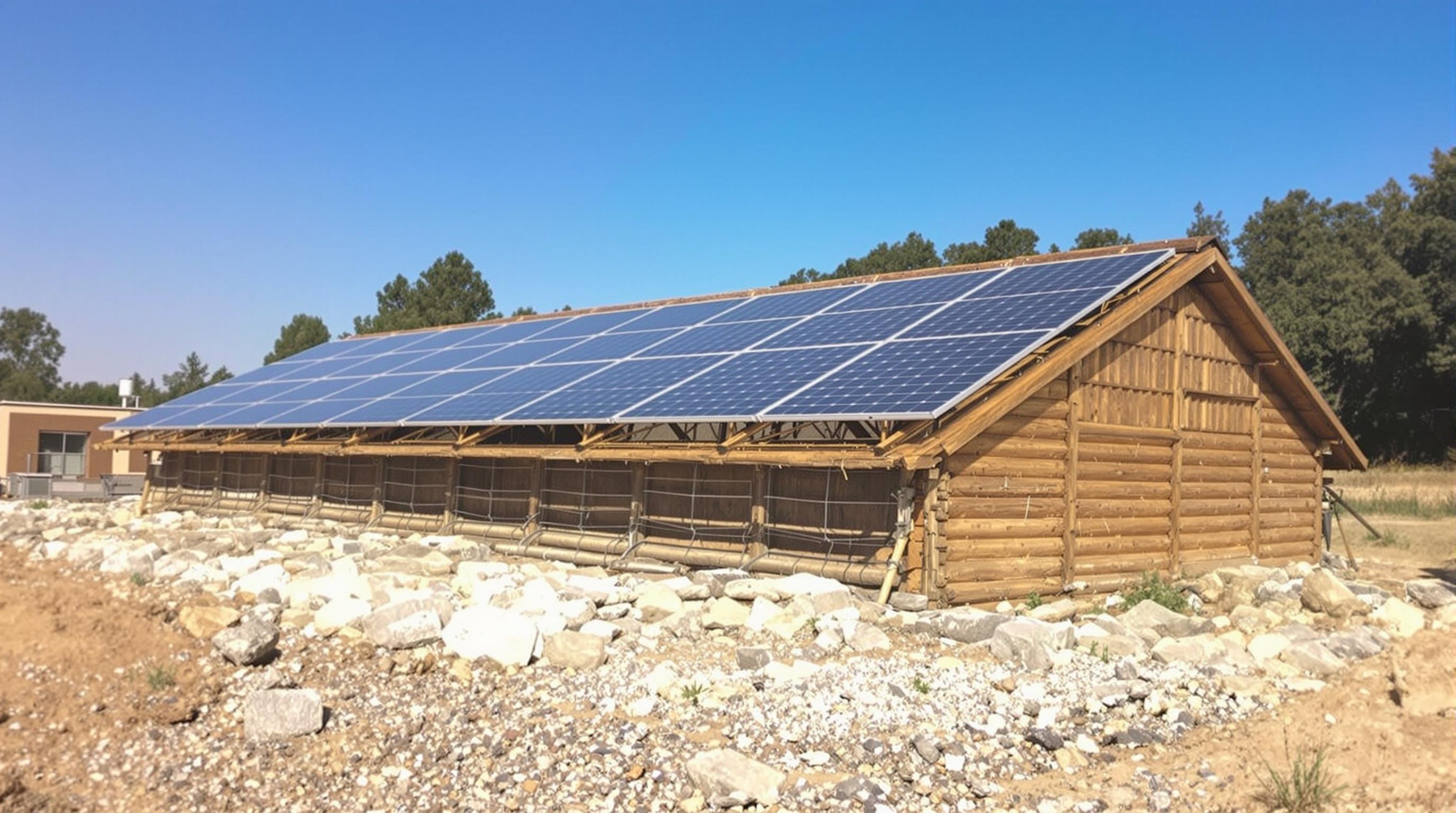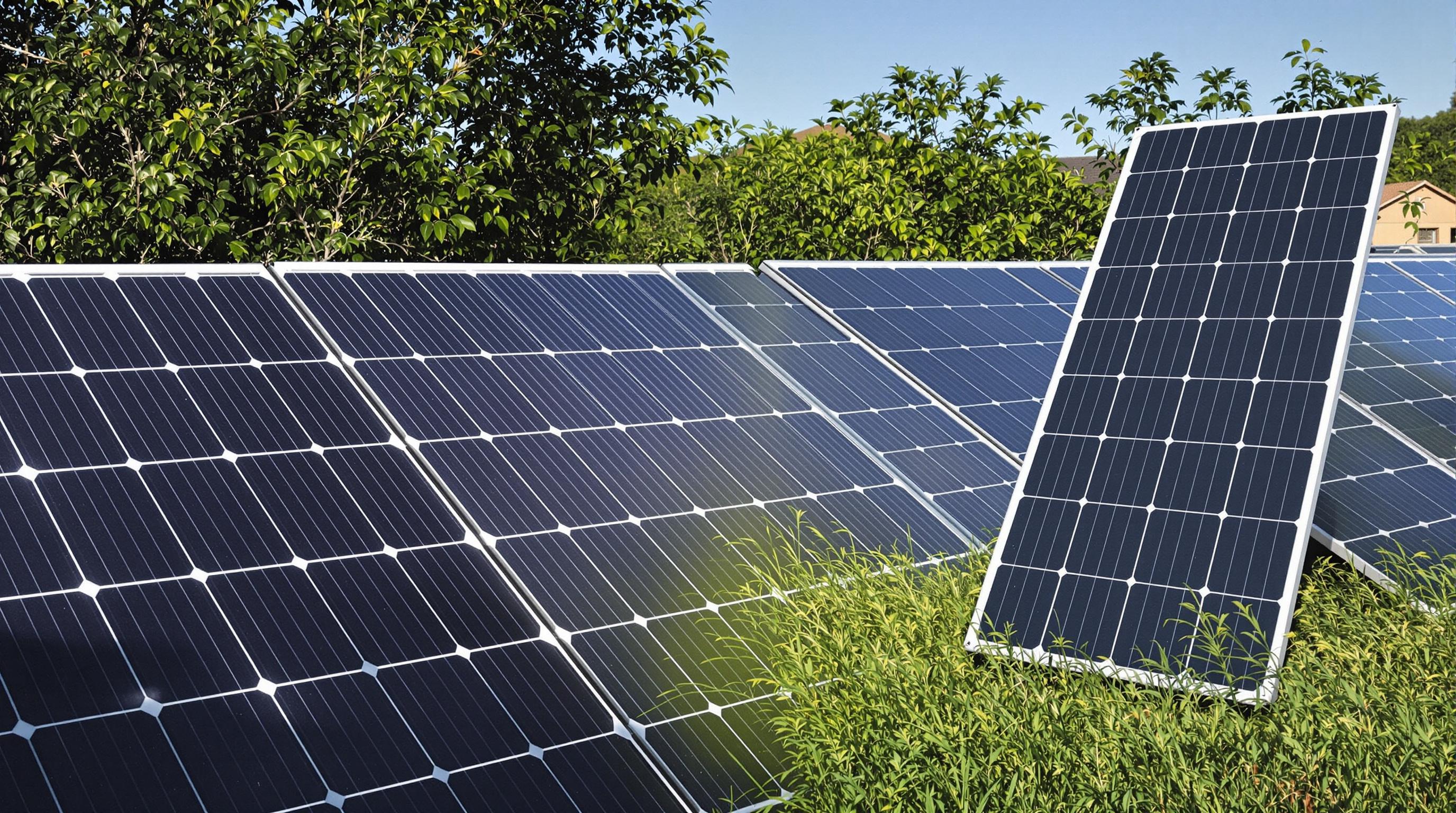Related Articles
- 6 Revolutionary Solar Panel Cleaning Robots Since 2019 Rated for Efficiency and Contractor Appeal
- How Unexpected Weather Patterns Are Shaping Homeowner Choices in Solar Installation Partnerships
- How Solar Inverter Noise Pollution Affects Urban Wildlife and What Manufacturers Are Overlooking
- How Solar Inverters Influence Home Resale Value and What Buyers Rarely Consider Before Purchase
- How Microclimates Secretly Shape Solar Energy Output in Unexpected Urban and Rural Landscapes
- The Quiet Role of Microclimates in Shaping Solar Harvesting Outcomes Beyond Conventional Efficiency Measures
8 Lesser-Known Environmental Impacts Influencing Solar Panel Performance and Efficiency in Real-World Applications
8 Lesser-Known Environmental Impacts Influencing Solar Panel Performance and Efficiency in Real-World Applications
8 Lesser-Known Environmental Impacts Influencing Solar Panel Performance and Efficiency in Real-World Applications
1. Dust and Particulate Matter
While the issue of dust on solar panels is gaining attention, the nuanced effects of particulate matter in different environments remain less understood. Dust accumulation can block sunlight and reduce the panel's energy yield considerably. In arid and semi-arid regions, frequent dust storms contribute to persistent soiling, necessitating regular cleaning to maintain efficiency.
Moreover, the composition and size of particulate matter affect how much light is scattered or absorbed before reaching the photovoltaic cells. For example, fine particles may create a thin haze that diffuses sunlight, leading to reduced power generation even without visible debris.
Studies such as those by Mani and Pillai (2010) suggest that regular cleaning schedules could improve efficiency by up to 30% in dusty areas, highlighting the economic importance of addressing particulate matter in solar panel maintenance.
2. Humidity and Moisture Penetration
High humidity environments pose unique challenges to solar panel efficiency beyond just surface soiling. Moisture can seep into the panel's encapsulation layers, causing delamination and corrosion of electrical contacts over time. This degradation reduces the panel’s lifespan and performance.
Solar panels installed in tropical climates face a higher risk of moisture ingress, especially if quality sealing is compromised during installation or due to weathering. Humidity-induced microcracks in cells can also lower the overall conversion efficiency.
According to research documented by the National Renewable Energy Laboratory (NREL), panels exposed to severe moisture conditions experienced up to 15% loss in efficiency after five years, underscoring the importance of durable sealing technologies.
3. Ambient Temperature Fluctuations
Temperature impacts solar panel efficiency in complex ways, with elevated temperatures generally causing a drop in performance. However, the daily and seasonal temperature swings affect solar panel materials differently, influencing long-term degradation patterns.
Rapid fluctuations between hot daytime and cool nighttime temperatures induce thermal stress, which can lead to microcracking in solar cells and solder joint fatigue. This phenomenon can subtly diminish power output over time.
Field observations reported by Jordan and Kurtz (2013) indicate that solar farms in regions with large temperature variations often require more frequent maintenance to mitigate thermal stress damage, emphasizing the need for materials engineered for thermal resilience.
4. Altitude Effects on Solar Irradiance
Altitude plays a significant but often overlooked role in solar panel performance. Higher altitudes generally experience higher solar irradiance due to thinner atmosphere and lower cloud cover, resulting in potentially greater energy yields.
Nonetheless, the increased ultraviolet (UV) radiation intensity at altitude can accelerate material degradation in panel components such as polymers used for encapsulation and backsheets. This exposure shortens the panel’s serviceable life.
A study by Skoplaki and Palyvos (2009) highlights that while power production may increase at high altitudes, the trade-off includes faster wear and an increased need for UV-resistant materials to ensure longevity.
5. Vegetation and Shading Dynamics
Vegetative growth around solar installations can cause variable shading, which significantly reduces panel efficiency. Even partial shading on a panel can disrupt the current flow and decrease overall system output disproportionately.
The growth patterns of nearby plants and trees can be unpredictable and are influenced by seasonal changes, requiring dynamic monitoring and maintenance to prevent shading losses. Ignoring this can lead to efficiency drops that go unnoticed until they accumulate substantially.
Research in renewable energy site management suggests proactive vegetation control is essential to optimize solar farm performance and avoid unexpected efficiency degradations due to shading (Shah et al., 2013).
6. Snow and Ice Accumulation
In colder climates, snow and ice buildup on solar panels act as temporary barriers to sunlight, reducing power output significantly during winter months. Although snow eventually melts or slides off, accumulated ice may persist longer, impairing energy generation.
Additionally, repeated freeze-thaw cycles can place mechanical stress on panels, especially in their mounting systems, potentially causing structural damage or misalignment that further diminishes efficiency.
Studies from the International Energy Agency indicate that proper tilt angle adjustments and heated panel technologies can mitigate snow and ice-related losses, improving wintertime solar power reliability (IEA Photovoltaic Power Systems Programme, 2020).
7. Air Pollution and Smog
Air pollution can reduce solar panel efficiency in urban areas by scattering and absorbing sunlight before it reaches the panel surface. Smog, composed of tiny aerosol particles and pollutants, creates a diffuse light environment that is less optimal for photovoltaic cells.
Persistent pollution can also lead to faster soiling and chemical degradation of panels due to acidic components in the air, compounding performance losses and increasing cleaning costs.
Research published by Kumar et al. (2016) indicates that solar power output in heavily polluted cities can be reduced by up to 20% compared to cleaner regions, emphasizing the need for tailored site assessments considering local air quality.
8. Wind and Mechanical Stress
Strong winds may not only cause soiling through dust transport but also impose mechanical stress on solar panels and their mounting infrastructure. High wind loads can lead to microfractures or displacement of panels, affecting operational efficiency.
Wind-induced vibrations, especially in large scale solar farms, may accelerate wear on electrical connections and connectors, leading to intermittent faults or decreased performance over time.
Engineers often incorporate aerodynamic designs and robust mounting to withstand these forces, but ongoing monitoring remains crucial to quickly identify and repair wind-related damage (EnergyTechReports, 2018).




